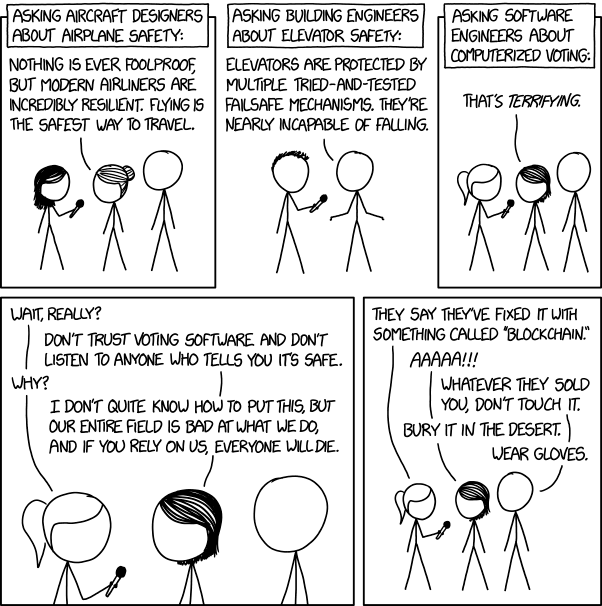- 17 Posts
- 98 Comments

 4·6 days ago
4·6 days agoThe .mobi was a previous post where they bought the expired domain which was previously used by the .mobi WHOIS server.
A bunch of systems apparently didn’t update their WHOIS database and still tried to get WHOIS information from the old domain.
This could lead to RCE in some implementations if they provided a malicious response.
A bunch of CAs also accessed the old domain and use WHOIS to verify domain ownership. By setting their own email address for verification, they could have issued themselves a certificate for any .mobi domain (microsoft.mobi, google.mobi for examle).Now to this article, here they looked at a bunch of webshells with backdoors added by the developers. Some of the domains had expired, so by getting those domains and setting up a webserver they got connections from different systems infected by the malware. They could have used the same backdoor previously used by the devs to access those same systems remotely and do whatever.

 1·8 days ago
1·8 days agoCan’t help you unfortunately, but does this support 4-pin CPU and other motherboard fans? It’s been a while since I last checked, but nothing really seemed to do that a few years ago.

 61·10 days ago
61·10 days agoYour first amendment protects you from the government. It does not protect you from actions taken by companies or other people based on your speech.

 2·14 days ago
2·14 days agoCan you ping server 1 from the subnet router?
Make sure to check if you have a firewall blocking ICMP packets on server 1 or somewhere between.
Maybe run traceroute from both serves and compare the route taken and where it stops.

 136·15 days ago
136·15 days agoSadly we lost that fight to the other centralised platform in Bluesky

 1·21 days ago
1·21 days agoYes, but that’s what you would need to do and get if everyone had to install an intermediate cert.

 2·22 days ago
2·22 days agoNot really, because the client system is configured to go through the proxy. That proxy will connect to the website and do filtering on the unencrypted content because it is initiating the connection. Next it’ll re-encrypt everything with its own certificate and serve it to the client.

 3·22 days ago
3·22 days agoFrom having worked in an enterprise environment, there’s a chunk of websites that break when you intercept their SSL connection.
Nextcloud News with the accompanying app on my phone. I was lazy that day
I decided I don’t care for imaginary AI copyright and will use Llama as if it is public domain.

 81·29 days ago
81·29 days agoIt’s pretty well known that polyester and other artificial fibers are very flammable, no?
For refind on Arch, you have to fix the entries it creates in
/boot/refind.conf. Those point to the ISO drive when created in the chroot, so change them to point to your real root drive.

 2·1 month ago
2·1 month agoInstall Firefox and download uBlock Origin

 223·1 month ago
223·1 month agoThe Security Council shouldn’t even have permanent members and certainly no minority veto powers.

 18·1 month ago
18·1 month agoNot really. The reason is that Steam (and an unfortunate number of other programs) run through Xwayland when your compositor is using Wayland. If you then use fractional scaling, Xwayland will render at the fractional of your resolution and will be scaled linearly to your display. This results in general bluriness for X11 applications.
Kwin, to my knowledge, is the only Wayland compositor that allows decoupling Wayland scaling from Xorg (and does so by default). While this results in different scaling behaviour for X11 apps, it does mean they are never blurry.

 1·1 month ago
1·1 month agoIt was a rare w for the YouTube algorithm. Didn’t know that guy beforehand.

 391·1 month ago
391·1 month ago
KDE because it has a lot oft integrations and I can mostly configure it how I want. I previously, ran i3 and then Sway, but I grew tired of having to integrate everything myself.














The best TTS engine I found is from the Kaldi project. They have a bunch of different pre built apks with different voices based on sherpa-onnx or piper models.
https://k2-fsa.github.io/sherpa/onnx/tts/apk-engine.html